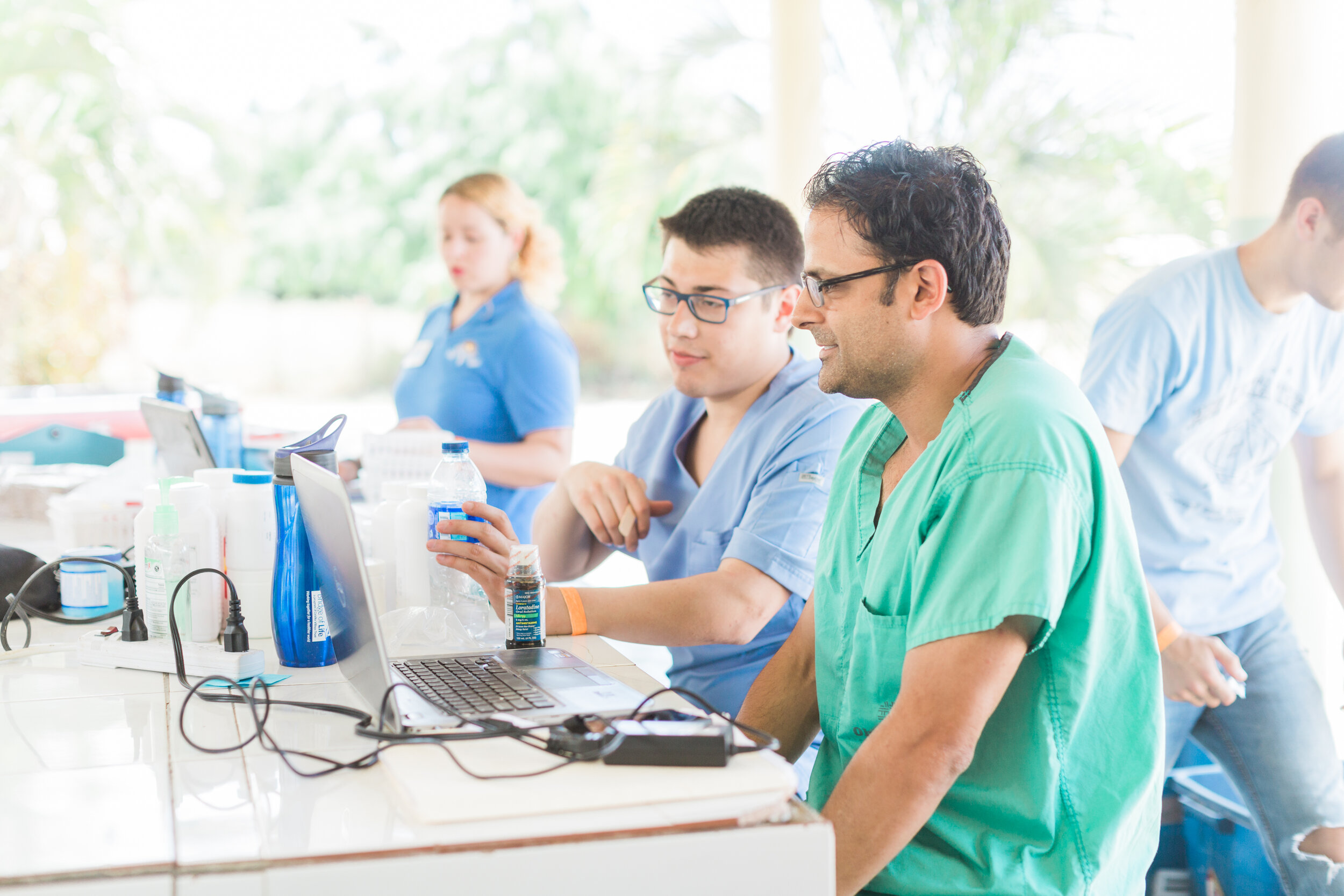How are we building healthier communities?
For over 20 years, Timmy Global Health has impacted people around the world. Our medical service trips have provided access to primary health care in low resourced communities in the Dominican Republic, Ecuador, Guatemala and Nigeria. Essential vitamins were distributed to pregnant women and children, and laboratory tests were made available to diagnose conditions such as urinary tract infections, sexually transmitted infections and chronic diseases. Local Ministry of Health (MOH) officials had the opportunity to provide vaccinations and health education to hundreds of community members in a short amount of time. Individuals were referred to local follow-up care, and our field staff and Community Health Promoters supported these patients to ensure they received the necessary secondary and tertiary care. Volunteer medical professionals, local healthcare workers, students, translators and community support teams shared their time and expertise to provide direct care, and undoubtedly, were also impacted by the experience to meet and learn from our partner communities.
This year, as COVID-19 halted world travel and we suspended future medical service trips, our team and the Timmy community embarked on a journey to reflect on the work that we have done over the past two decades. As we sit at home, in a socially distanced world, we connect via video calls, emails, Slack messages and online surveys, thinking not only about how we can continue to support healthcare for our partner communities, but also about how we can increase our impact. Whether it is a global pandemic or political unrest that prevents volunteers from safely entering a community, it is very clear that we must think of new ways to provide continuity of care and adjust our programs to the changing needs of the communities that we support.
Alongside our international partners, we are charging forward with a renewed strategy for how we design, implement, monitor and evaluate programs. To guide us along this journey, we created a new Theory of Change, or “impact map”, showing the change that we envision happening in communities, as well as the steps towards achieving this change.
Our primary program focus remains on access to clinical healthcare, exploring ways that our network can support and strengthen the local healthcare capacity. In addition to attending to patients, we know that many of the diseases that are treated in clinics can be prevented with additional programs focused on nutrition, water, sanitation and hygiene (WASH), and maternal and child health.
In our Theory of Change, you can see that our programs will:
1) Connect communities to primary healthcare and other resources, such as health screenings, specialty follow-up care, and preventative services;
2) Educate and train community health workers and community members, with a focus on health literacy;
3) Develop tools and solutions that help to prevent diseases, such as WASH systems and community gardens;
4) Engage and educate our network of global health advocates to support with human and financial resources, where and when needed.
Through these efforts, we intend to monitor the short-term outcomes of:1) increased access to primary healthcare and other resources, tools and solutions; 2) enhanced knowledge and skills to prevent and manage diseases; and3) improved behavior so that people use the available resources and their knowledge and skills to take care of their own health.
In the long-term, we intend to evaluate the final outcomes of: 1) decreased prevalence and incidence of diseases; and 2) increased empowerment, so that communities are able to take ownership of and sustain the work to address health disparities.
All of this contributes to the impact that we are striving for: building healthier communities.
To fully understand the different needs and existing resources of the communities that we work in, we will begin with clearly defining each community and completing community needs assessments. By conducting household surveys and focus group discussion, and analyzing data from clinics and MOH reports, we can identify how to support each community through continued access to clinical healthcare and prevention programming. During and after the implementation of these programs, it is essential to continuously monitor and evaluate the outcomes of our work and make adjustments when needed, to ensure that our programs create a lasting impact.
While we still have many of the nuts, bolts and screws to tighten along the journey, we invite you to join us to learn more about our international partners and meet the individuals on the ground who are working tirelessly to continue to provide access to essential healthcare.
Visit our impact page, sign up for our newsletter or follow us on social media below to hear more!




